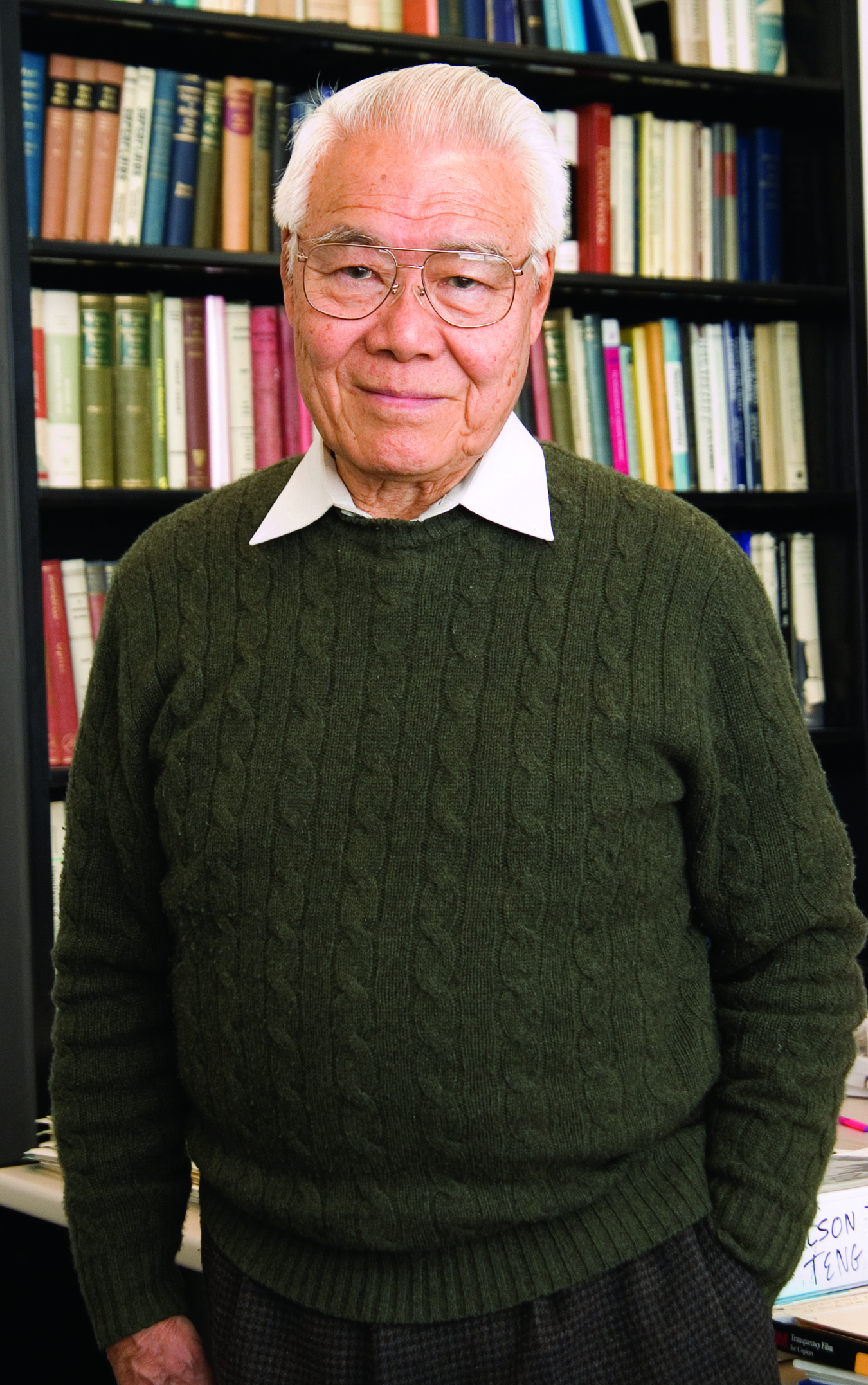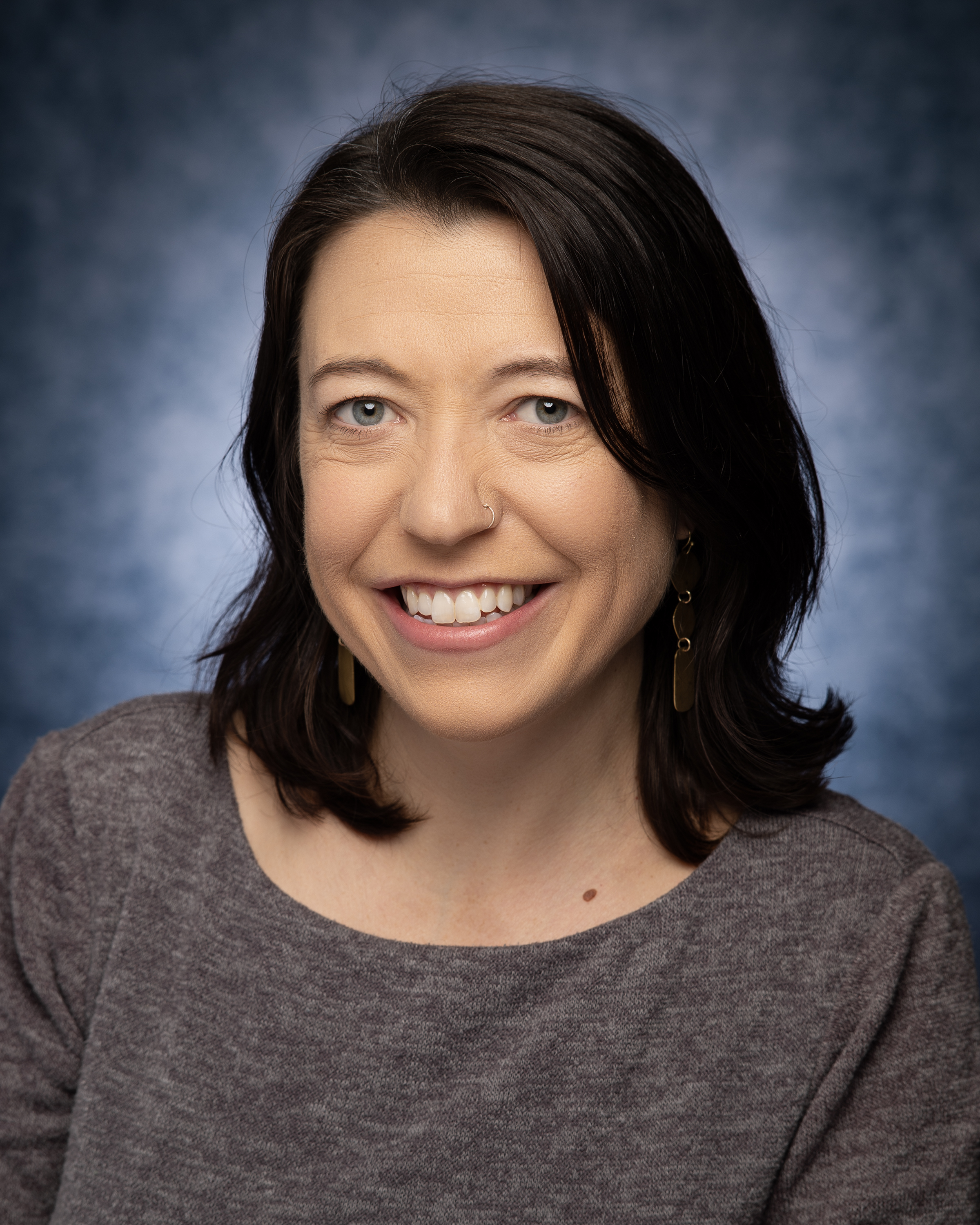May is Asian American Pacific Islander Heritage Month. We look back on Lee Teng’s contributions to physics and to the future workforce.
May 20, 2020
Lee C. Teng is now 93 years old. He was born in Beijing, but has since made his home in Minnesota, Kansas, and Illinois, all for the sake of advancing world-class physics research. As May is Asian American Pacific Islander Heritage Month, let’s look back on Teng’s contributions to the field and the future through the internship program that bears his names.
In 1947, a year after Teng graduated from the Fu Jen Catholic University of Peking in Beijing, he came to the United States in pursuit of a career in physics, and has since left a lasting mark on the field and a deep investment in the careers of generations to follow.
Starting as a graduate assistant at the University of Chicago, Teng quickly made his first major discovery in the field, finding the "regenerative extraction" method to extract the beam after the proton is accelerated. Today, this remains the only way to extract beams for cyclotrons, and is now known as "resonant extraction”. Not bad work for a graduate assistant.
Earning his Ph.D. from the University of Chicago in physics soon took him to the University of Minnesota, which was in the process of building a linear proton accelerator. He devised a method to improve the beam intensity, applying a matrix formulation to his regenerative extraction method and becoming the first person in the field to apply a matrix formulation to alternating gradient focusing systems.
Following a two-year move to Wichita State University as an Associate Professor, Teng came to Argonne National Laboratory in 1955, and six years later was the head of the Particle Accelerator Division. There, he left his mark as his division oversaw the construction and operation of the Zero Gradient Synchrotron, the highest-energy weak-focusing synchrotron ever built, according to CERNCOURIER Magazine. In 1967 he continued his career at Fermilab, and spent the next 22 years working in the ever-evolving field of high-energy physics.
In 1983 he took a two-year leave of absence to embark on another project, leading the design and construction of the first third-generation synchrotron radiation facility in Asia. Again, Teng's passion and expertise had a lasting impact. The facility now has 30 beamlines and nearly 1500 scientists and students use it. His work continued in high-energy physics at Fermilab until 2004, when he retired.
In 2007, Teng was honored with the Robert R Wilson Prize for achievement in the physics of particle accelerators during the 22nd Particle Accelerator Conference in Albuquerque, a major achievement for the field. The same year, the Lee Teng Internship in Accelerator Science and Engineering was created jointly by Argonne National Laboratory (Argonne), Fermilab, and the US Particle Accelerator School (USPAS) in 2007 in Teng's honor.
The Lee Teng undergraduate internship program provides a summer research experience for undergraduate students finishing their junior year who are majoring in physics, engineering, or computer science. Approximately ten students are selected from the applicant pool each year. According to the USPAS, the accelerator workforce is less than 3,000 people, and their safe, efficient, and cost-effective operation of accelerators is essential for U.S. leadership in science and technology. A goal of the internship program, and the USPAS, is to have an outstanding accelerator workforce development program to operate, design, and build accelerators for discovery science.
The students in the program are given a mentored research project at either Argonne or Fermilab which they carry out during their ten week summer residency, which begins in June. The Lee Teng students attend the USPAS for two weeks of the ten week period. Here they get the equivalent of a semester course in accelerator physics, receiving credit from a host university. The interns also participate in one-day tours of each of the Labs, special project presentations, and a day at the University of Chicago.
For more information about STEM internships and fellowships at the U.S. Department of Energy, visit www.energy.gov/STEM.


